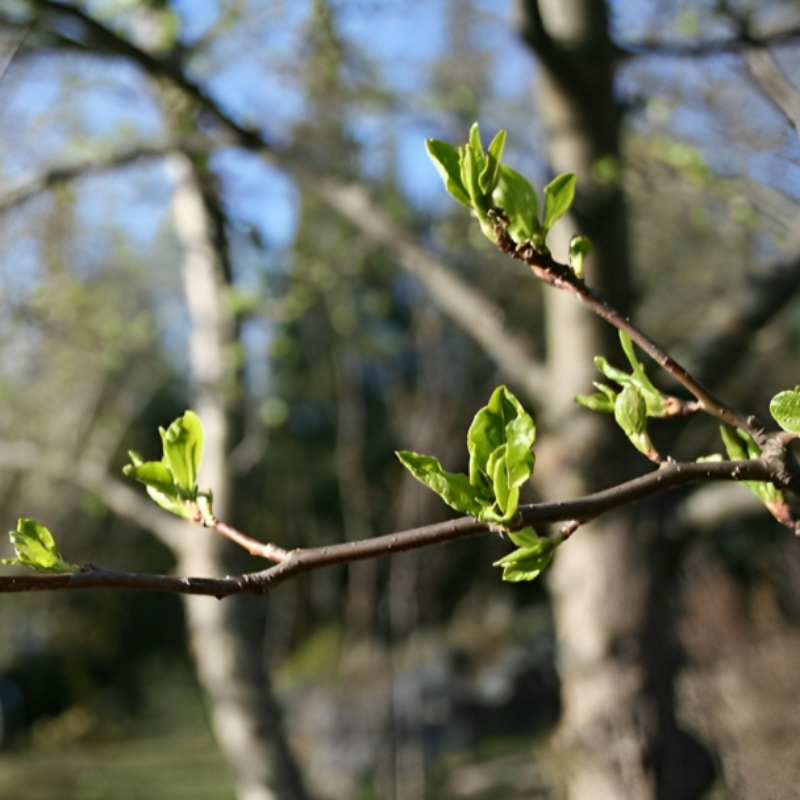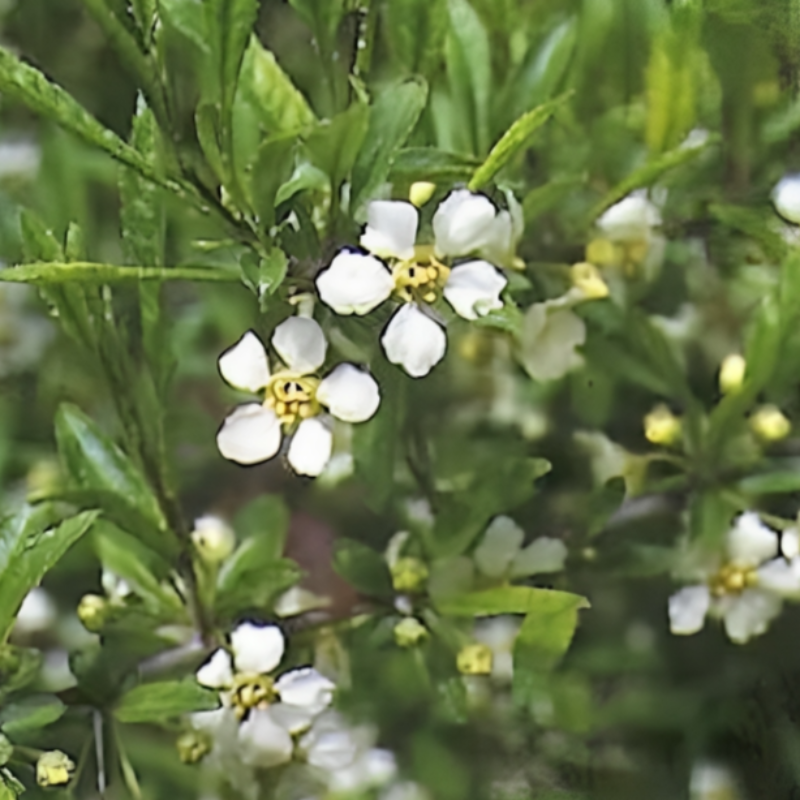- Historical context: The Cherry Prinsepia, scientifically known as Prinsepia sinensis, is a deciduous shrub native to China and Mongolia. It is a member of the Rosaceae family, which includes roses and many fruit trees.
- Geographical origination: The Cherry Prinsepia originates from China and Mongolia.
- Relevant cultural significance: In its native regions, the Cherry Prinsepia is often used in traditional medicine and as a food source. Its seeds are also used to produce oil.
- Time period of discovery: The exact time period of discovery is not well-documented, but it has been used in traditional Chinese medicine for centuries.
- Original habitat: The Cherry Prinsepia is native to mountainous regions and can often be found growing in the wild.
- Notable historical uses: Historically, the Cherry Prinsepia has been used for its edible fruits and medicinal properties. The seeds are also used to produce oil.
- Ideal temperature range: The Cherry Prinsepia is a hardy plant that can tolerate temperatures as low as -20 degrees Celsius.
- Soil type: It prefers well-drained soil and can grow in heavy clay and sandy soils.
- Sunlight requirements: The Cherry Prinsepia requires full sun to partial shade.
- Watering needs: It has average watering needs and can tolerate some drought once established.
- Planting season: The best time to plant Cherry Prinsepia seeds is in the spring.
- Germination time: Germination usually takes 1-3 months.
- Growth cycle duration: The Cherry Prinsepia reaches maturity in about 5-7 years.
- Common pests and diseases: It is generally resistant to pests and diseases, but can occasionally be affected by aphids and fungal diseases.
- Companion planting advice: It can be planted alongside other hardy shrubs and trees.
- Common challenges and solutions: One common challenge is ensuring the soil is well-drained to prevent root rot. This can be mitigated by adding organic matter to the soil to improve drainage.
- Nutritional values: The fruits of the Cherry Prinsepia are rich in vitamin C.
- Health benefits: In traditional medicine, the Cherry Prinsepia is used to treat various ailments, including digestive disorders and skin conditions.
- Culinary uses: The fruits can be eaten raw or cooked, and the seeds are used to produce oil.
- Medicinal uses: The plant has been used in traditional Chinese medicine for centuries to treat a variety of conditions.
- Other unique advantages: The Cherry Prinsepia is a hardy plant that can tolerate harsh conditions, making it a good choice for difficult growing areas.








